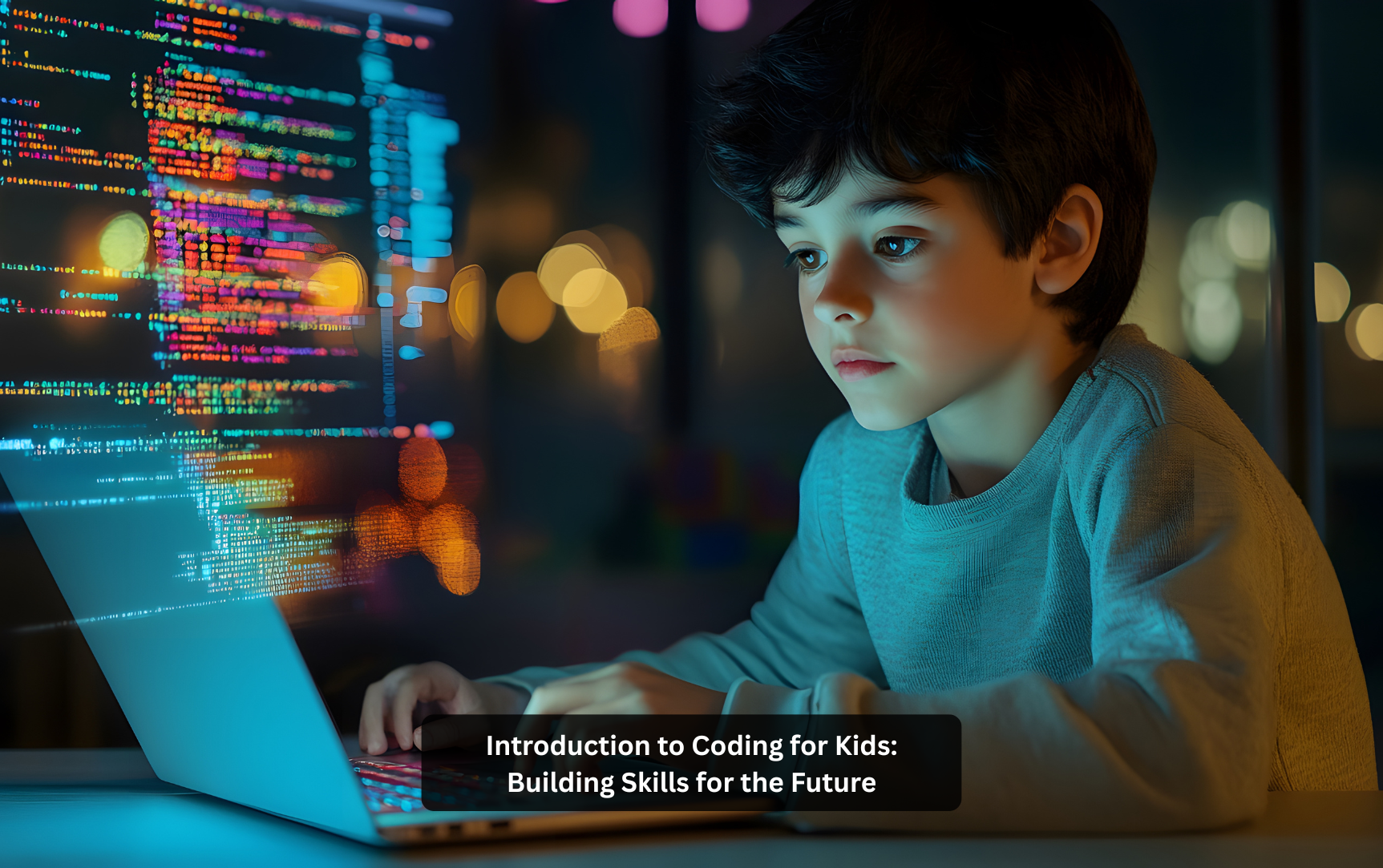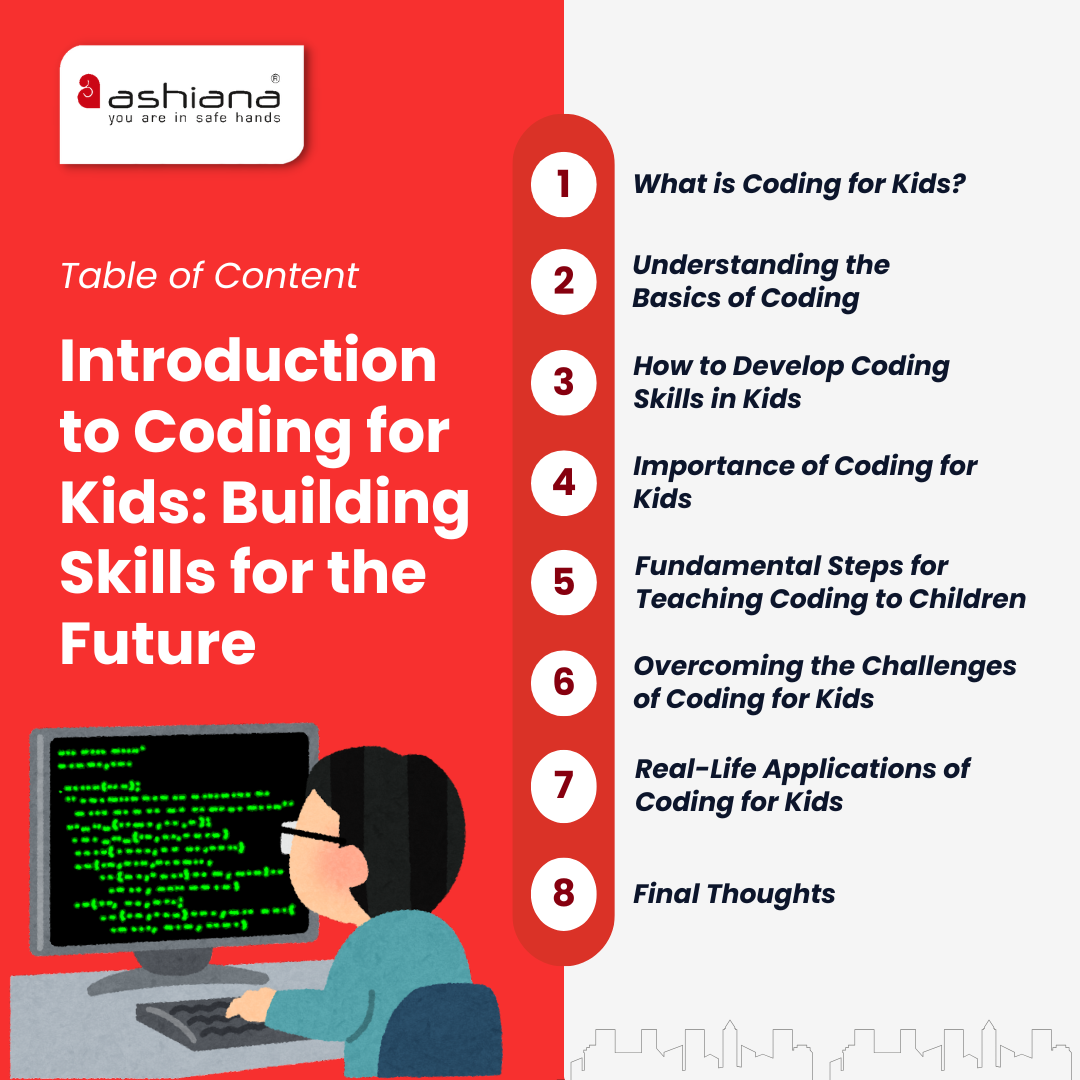

Coding for kids involves teaching children the basics of programming in an engaging and simplified way. It’s important because it helps children develop problem-solving skills, creativity, and logical thinking, which are essential for their future in a tech-driven world.
You can start by using kid-friendly platforms like Scratch or Code.org, which teach coding through games and animations. Encourage project-based learning, enroll them in online coding classes, or explore apps designed for young learners to make coding fun and interactive.
Children as young as 8 or 10 years old can begin learning the basics of coding through visual programming tools like Blockly or Scratch. As they grow older and more comfortable, they can transition to text-based programming languages like Python or JavaScript.
Ashiana, Ashiana Housing build homes. Homes surrounded by vast green spaces and fresh breeze. Homes cocooned in secured gated complexes. Homes where futures are forged and there are opportunities to grow. And Homes in environments brimming with healthy activity, trust and respect. At heart, we build communities with care.
Other posts by Ashiana
Join 1000+ of fellow readers. Get expert real estate knowledge straight to your inbox absolutely free. Just enter your email address below.